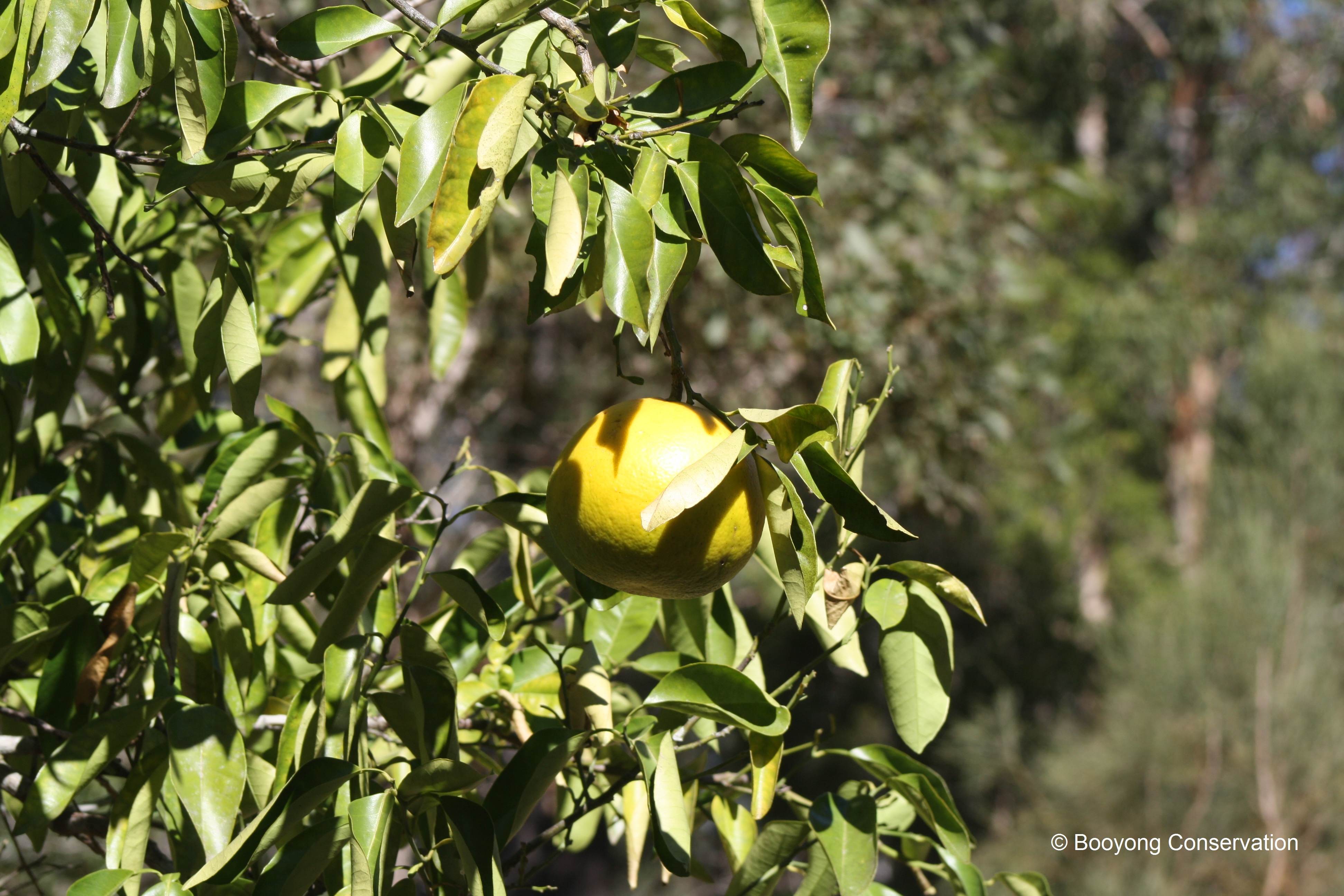At Booyong we are lucky to have both an established and a younger grapefruit tree. We gave the older tree a good prune last year and it has a bumper crop this year which is great. Brett loves grapefruits, and our lovely friend Marg delivers grapefruits to our doorstep on a Saturday morning each year. Last year we combined them with some more from the farm, fresh organic lemons from a colleague at work and some Seville oranges from Booyong. Unfortunately, I’ve given it all away before taking photos, our friends at Curly’s Café received a jar and so did some visitors to the farm. I hope they enjoyed it. I must admit I didn’t really follow a recipe for this one and simply used the guidelines for the Seville Orange Marmalade I’d made a few weeks earlier.
If you’re planting a new grapefruit tree, Spring and autumn is the best time in temperate climates. Avoid positions that are exposed to strong wind, as these can stress trees and disrupt pollination and fruit set. They like soil with a ph level of 6-7 and prefer deep well drained, sandy loam soils. Improve heavy soils by incorporating large amounts of compost and a few buckets of gypsum into a planting area at least 2m wide. If your soil is acid, add lime when preparing the soil to bring it up to the preferred pH. Citrus don’t like grass, so add a layer of mulch (Lucerne, compost – 10cm) removing it from the tree trunk to avoid collar rot and keep the weeds at bay. Mound the soil to approximately 30-40cm deep in the centre to improve the drainage. The grapefruit tree is self-pollinating, and you can expect your first harvest in approximately three years, like many fruit trees, it helps the plant branches to establish if you remove the fruit from young trees.
Grapefruits can be shaped and pruned as required after harvest, to remove dead and diseased wood as well as wood affected by pests like borer and gall wasp. We cut ours back quite vigorously and sacrificed last years crop. In future we’ll only remove up to 20% of the canopy each year.
They are mostly frost tolerant. Like many citrus trees, they need maximum sun exposure (at least 6 hours) to grow and set fruit. In the first year, water trees at least once or twice a week, depending on the weather conditions. Once established, trees can be watered deeply every two to three weeks, more in hot dry weather. Lack of water, particularly in hot weather can lead to the fruit suddenly dropping.
Citrus are heavy feeders, we will apply a well-balanced organic citrus food in July/August, November and February, spreading it evenly around the tree and one metre beyond the tree canopy. Chicken manure is also a great fertiliser but be sure not to apply it whilst they’re flowering or they will drop their fruit.
According to Gardening Australia “Citrus also need quite a lot of iron and they like a slightly acidic soil, so what I do is I use iron sulphate. I put one tablespoon in 4 and half litres of water and I apply that to each tree – once in spring, once in summer and once in autumn.”
“To make sure that the soil is well nourished, I love to use seaweed emulsion. It contains things like selenium and iodine *, plus it contains folic acid and that’s wonderful for your fungi and bacteria in the soil. It brings the soil to life. Now that’s about three tablespoons in four and a half litres of water – give it a little bit of a mix and a bit of a stir before applying it. This sort of a fillip is something that I give to my citrus in spring. That’s a good time to start citrus into growth and you just water this in generously around the root zone.”
According to companion planting in Australia (Brenda Little ) Zinc coated nails gently hammered into the trunk will ensure a good crop and she recommends putting in a guava close by to protect citrus trees against infections.
Grapefruit are ready to harvest when they have developed full colour and flavour. They can be left on the tree for some time and will become sweeter, that’s if the possums, birds and bats don’t get them! Fruit will store in the fridge for several weeks.
Read more at Gardening Know How: Grapefruit Tree Care – Tips For How To Grow Grapefruit
